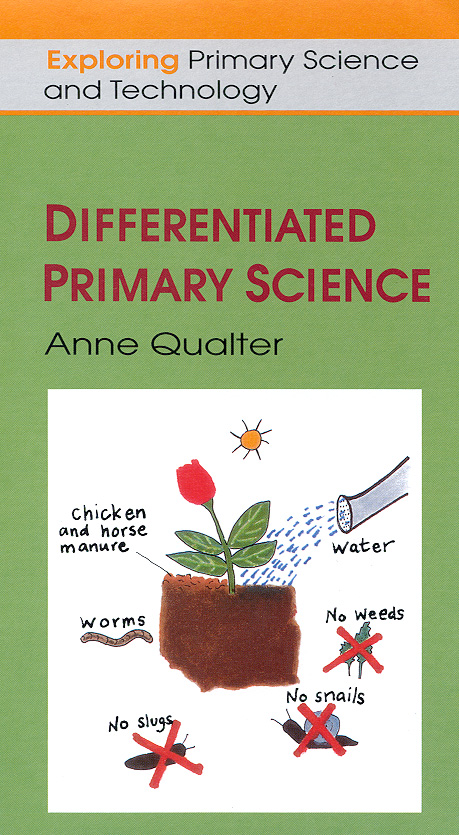- View more resources from this publisher
 Oxford University Press
Oxford University Press
Differentiated primary science

What is differentiation? How can it be put into practice in primary science lessons? Is it really possible to provide differentiated learning activities for a class of thirty or more children? Taking a refreshingly pragmatic approach, Anne Qualter addresses these challenging issues in this book.
Drawing on her own experience as a classroom teacher combined with research undertaken in a wide range of primary classrooms, the author shows that genuinely differentiated primary science is achievable.
Using several classroom examples, she argues that differentiation is not simply about categorising children as more or less able but involves the teacher in complex decisions which take account of the child's understanding and a variety of other factors.
Show health and safety information
Please be aware that resources have been published on the website in the form that they were originally supplied. This means that procedures reflect general practice and standards applicable at the time resources were produced and cannot be assumed to be acceptable today. Website users are fully responsible for ensuring that any activity, including practical work, which they carry out is in accordance with current regulations related to health and safety and that an appropriate risk assessment has been carried out.




